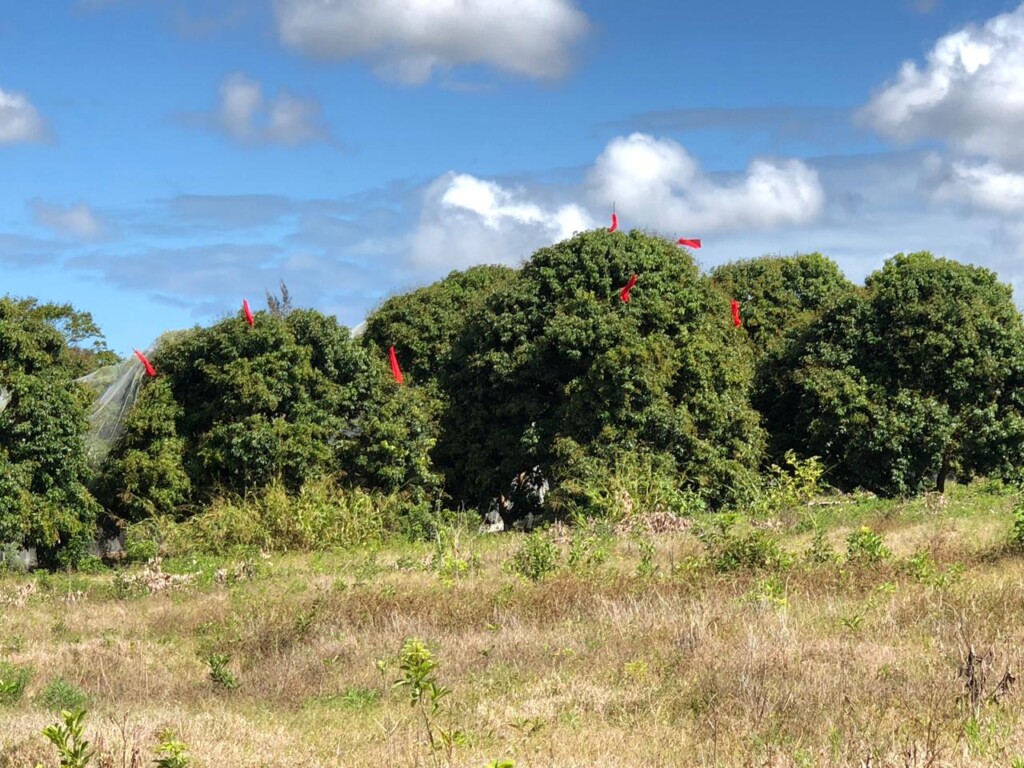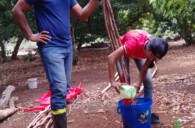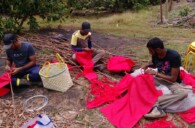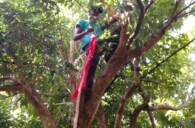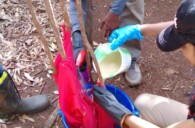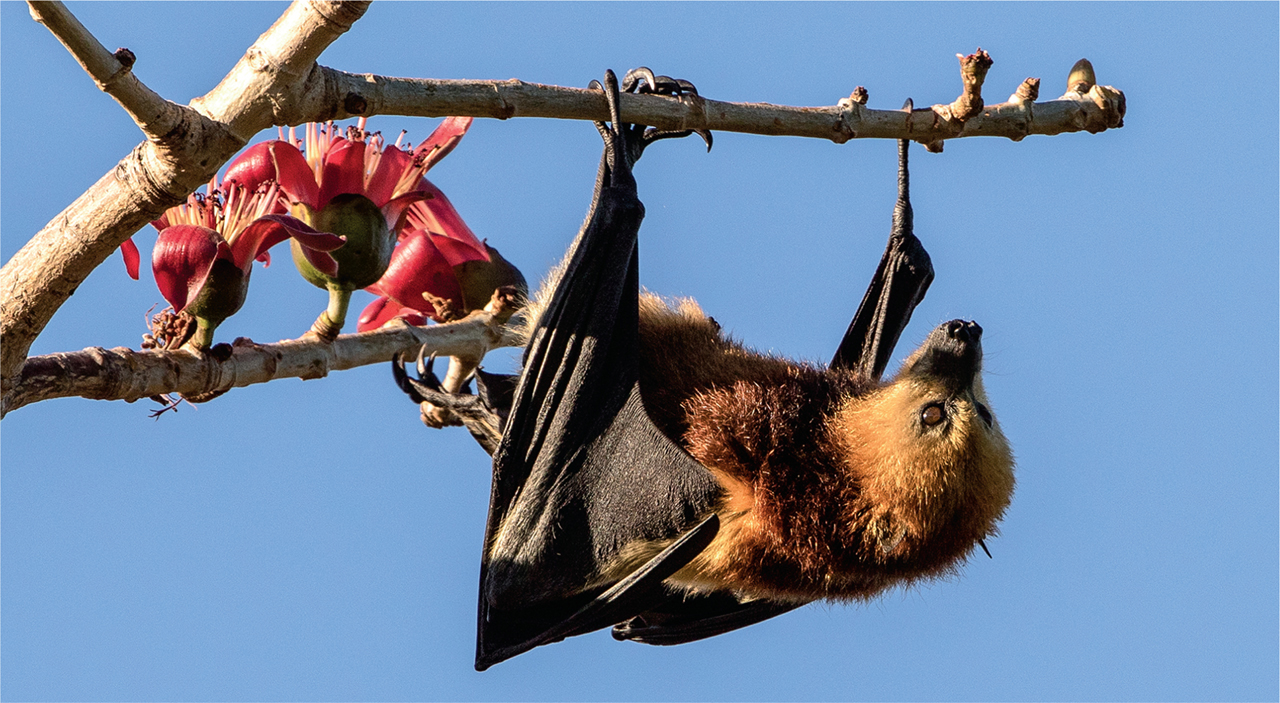
Without bats, no forests. Without forests, no biodiversity
Imagine pristine Mauritius, with lush vegetation, numerous birds, giant tortoises, reptiles of all sizes and colours, and three species of fruit bats flying in the sky. The Mauritian ecosystem was at its best. The small Mauritian flying fox (Pteropus subniger), The Rodrigues fruit bat (Pteropus rodricensis) and the Mauritius flying fox (Pteropus niger) all at once lived in Mauritius. These bats were frugivorous, i.e., their diet were mainly composed of native fruits, sometimes supplemented by leaves, flowers and nectar. Their respective roles in the Mauritian ecosystem were invaluable, where they fulfilled ecological keystone roles as pollinators and seed dispersers. Many trees that flying foxes pollinate or disseminate are themselves keystone species like figs, or canopy trees that act as ecosystem engineers- species that shape an entire ecosystem, by providing conditions and resources to many other animal and plant species. However, island flying-foxes are among the most vulnerable bats in the world and this situation is exemplified in Mauritius. Human colonisation in 1638 and the rapid habitat destruction that followed spared only about 5 % of native vegetation, with countless of species driven to extinction. Extensive deforestation and hunting drove Pteropus subniger to a global extinction and Pteropus rodricensis to a local extinction, leaving the Mauritius flying fox as the last survivor of the three endemic Pteropus species that once lived in Mauritius.
DID YOU KNOW?
- Bats were the only mammals to be able to naturally colonise Mauritius.
- Mauritius fruit bats (Pteropus niger) are known to feed on over 40 native tree species.
- Mauritius fruit bats (Pteropus niger) are keystone species for the ecosystem, by meditating long-distance seed dispersal and pollination.
1. The Mauritius fruit bat (Pteropus niger)
Owing to the extinction of the other Pteropus bats (Pteropus rodricensis still survives on Rodrigues island), the giant tortoises, the dodo and other vertebrates that ate native fruits, the Mauritius flying-fox is now the largest native frugivore and seed disseminator on Mauritius! Human-caused extinctions in Mauritius have therefore elevated the seed disseminating and pollinating importance of the Mauritius flying-fox. Native canopy tree species such as Sideroxylon spp., Mimusops spp., Ebony (Diospyros spp.,) and Labourdonnaisia spp., are known to have their fruits dispersed by P. niger. Labourdonnaisia spp., show adaptations to, and possibly a dependence on, seed dispersal by the Mauritius flying-fox. Yet, P. niger is threatened by several factors in Mauritius.
Due to a slight increase in bats’ populations during the last decade, there has been increasing claims that bats do considerable damage to commercial fruit crops like litchi and mangoes. As of such, the endemic fruit bat is seen as a pest and fruit farmers have been lobbying the Mauritian authorities since 2002 to remove legal protection of the endangered Mauritius fruit bat.
In 2015, this lobbying was successful, with the passing of new law that enabled to mass cull both native and alien species, deemed to be pests and a first cull was implemented in that same year, followed again in 2016. In combination of elevated levels of illegal hunting and persecution that these two culls caused, it is estimated that more than 40,000 bats were killed. In 2018, the IUCN elevated the conservation status of the Mauritius fruit bat from ‘Vulnerable’ to ‘Endangered’ because of the mass shootings and illegal hunting.
Even yet, in 2018, another shooting exercise was done, despite numerous calls from local and international conservation bodies.
Orchards
We have been working in litchi and mango orchards since 2015 to assess the damage caused by fruit bats and introduced birds such as Red-whiskered bulbul (Pycnonotus jocosus), common myna (Acridotheres tristis), and the ring-necked parakeet (Psittacula krameri), mammals like the crab-eating macaque (Macaca fascicularis) and black rats (Rattus rattus) to litchis and mangoes. Our results (unpublished) clearly show that decision to mass cull the endemic fruit bat is contra-evidence. Despite mass killings done since 2015, the damage to fruit trees has not decreased- on the contrary fruit damage by bats and other animals have increased. The culling campaigns do not increase the fruit production, nor does it decrease the damage done to commercial fruits. We have also completed a research study of several tree netting variants in different orchards across Mauritius. Our findings show that use of nets on fruiting trees can result in as much as a 23-fold reduction in the damage caused by bats if nets are applied correctly.


